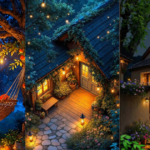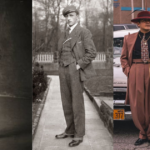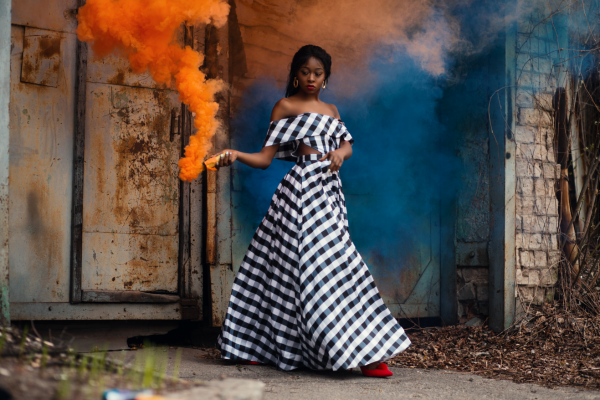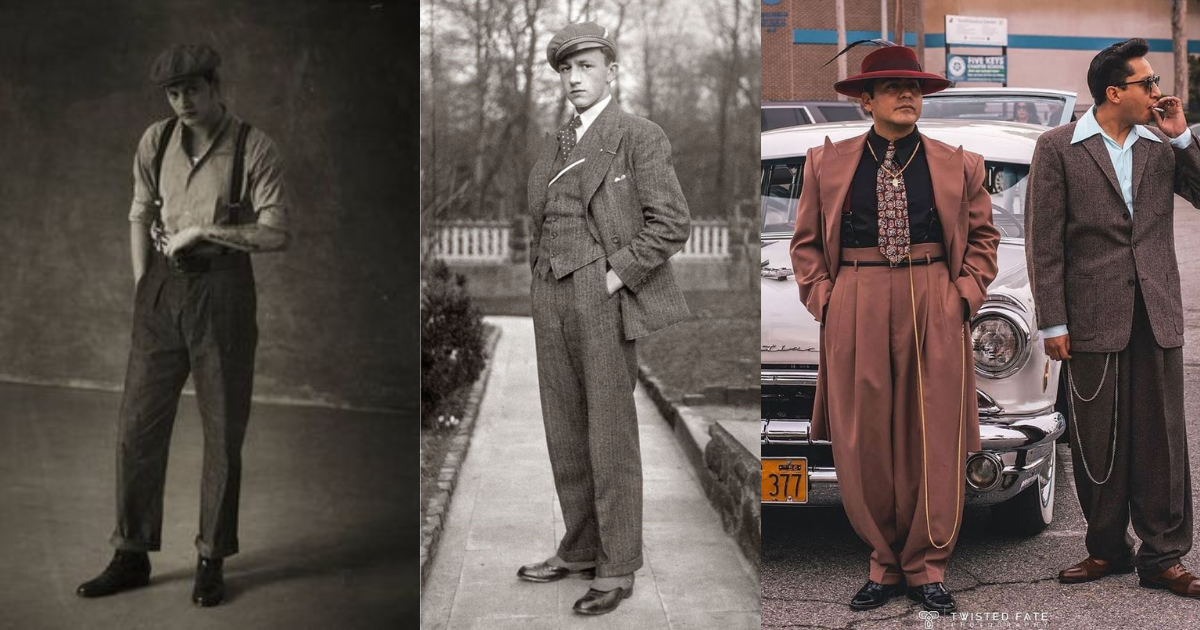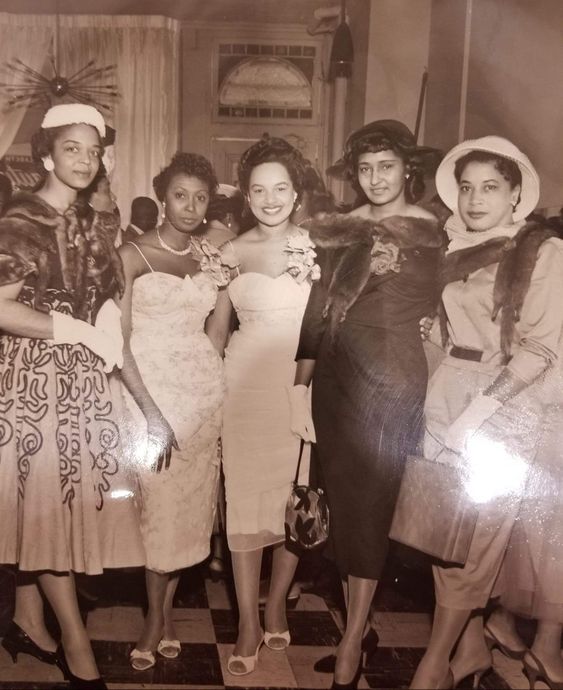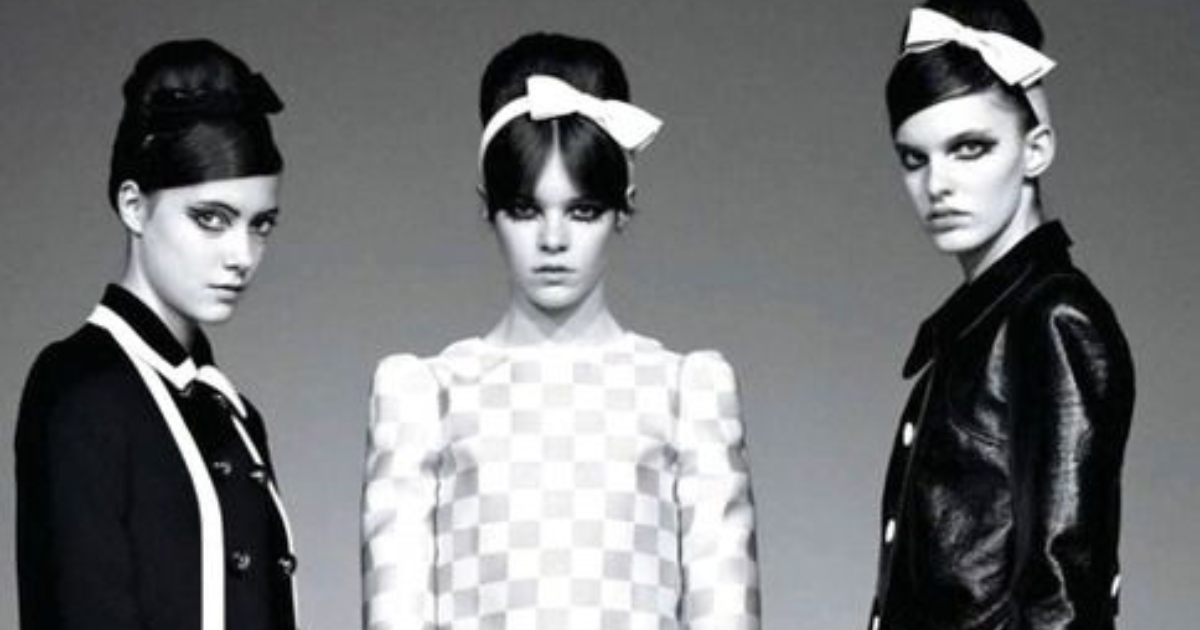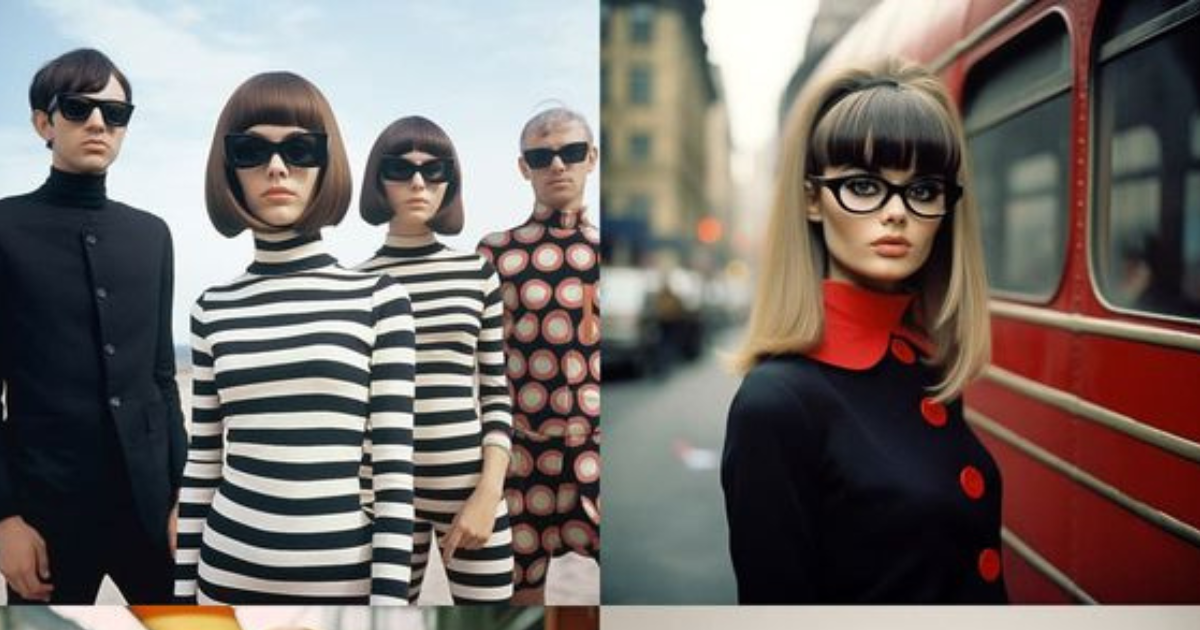The 1920s was an era of jazz, prohibition, and unprecedented social change. While history often spotlights the iconic flapper dresses, it’s equally important to recognize the unique style and contributions of Black women during this period. The resurgence of 1920s Black women’s fashion trends isn’t just about donning vintage attire; it’s a celebration of cultural heritage, a nod to trailblazing women who defied societal norms, and an acknowledgement of how fashion can empower.
In the following sections, we’ll step back into the Roaring Twenties, exploring the socio-cultural backdrop that birthed these trends. We’ll also delve into the influence of the Harlem Renaissance, where creativity flourished, and Black fashion found its unique voice.
Historical Context: The Roaring Twenties
The socio-cultural background of black women
The 1920s were a whirlwind of change. After World War I, society was in a state of flux. For Black women, this was both a challenging and transformative time. They were part of the larger movement for civil rights and gender equality, while also contributing significantly to the cultural vibrancy of the era. In cities like Harlem, where Black culture thrived, fashion became a powerful expression of identity.
Fashion designers and style icons of the time.
Madame C.J. Walker:
Known primarily for her pioneering work in haircare, Madam C.J. Walker was also a fashion icon. She promoted elegant, dignified styles that inspired a generation of Black women.
Josephine Baker:
An international sensation, Baker’s daring fashion choices, including her iconic banana skirt, challenged conventions and celebrated Black beauty.
Zelda Wynn Valdes:
This talented designer was a trailblazer, creating exquisite gowns for stars like Dorothy Dandridge and Ella Fitzgerald. She even designed the first Playboy Bunny costume!
Bessie Smith:
The Empress of the Blues, Smith’s signature style featured opulent gowns and elaborate headpieces, setting the standard for stage glamour.
Key Fashion Elements of 1920s Black Women’s Fashion
The 1920s Black Womens’s Fashion were all about breaking the mould and embracing a new sense of freedom, and this ethos was most evident in the fashion of the era. Let’s explore the key elements that defined the style of Black women during this remarkable period.
A. Flapper Dresses
The characteristic features of flapper dresses
Flapper dresses were the epitome of 1920s Black women’s fashion. These dresses were a stark departure from the restrictive corsets and long hemlines of the previous decades.
1. Loose and Straight:
Flapper dresses were known for their straight, almost tubular silhouette. They hung loosely from the shoulders down, allowing for unprecedented freedom of movement.
2. Short Hemlines:
A defining feature was the hemline, which typically rose to just above the knee. This was a radical departure from the floor-length gowns of the past.
3. Beaded Fringe:
Many flapper dresses featured intricate beading and fringe, which added movement and sparkle as the wearer danced the night away.
The evolution of flapper dress styles for Black women
Black women embraced flapper dresses with their unique twist, reflecting their cultural heritage and individuality. During the 1920s, they incorporated elements like:
1. African-Inspired Prints:
Some Black women incorporated African-inspired prints and patterns into their flapper dresses, celebrating their roots.
2. Daring Color Choices:
While pastels and muted tones were popular, Black women often opted for bold and vibrant colors, showcasing their confidence.
3. Innovative Tailoring:
Tailoring was key. Black women ensured that their dresses fit impeccably, accentuating their curves in a way that was both stylish and comfortable.
Challenges and Considerations
While the fashion of the 1920s is undeniably glamorous and iconic, it’s important to be aware of potential challenges:
1. Fit and Comfort:
Some may find the straight, loose-fitting silhouette of flapper dresses less comfortable than contemporary styles. It’s crucial to choose pieces that fit well and make you feel confident.
2. Budget:
Authentic vintage pieces can be costly. Fortunately, there are modern options and thrift stores where you can find affordable 1920s-inspired attire.
3. Accessibility:
Not all fashion trends from the 1920s are readily available today. Finding the perfect pieces might require some dedicated searching.
The importance of cultural sensitivity
One of the most crucial considerations when embracing 1920s Black women’s fashion is cultural sensitivity:
1. Respect Cultural Significance:
Remember that some elements, such as turbans and African-inspired prints, carry deep cultural significance. It’s essential to wear them with respect and understanding of their origins.
2. Avoid Appropriation:
Cultural appropriation is a concern. It’s crucial to appreciate and celebrate these styles without appropriating or misrepresenting their cultural roots.
3. Educate Yourself:
Take the time to educate yourself about the history and significance of the fashion elements you choose to incorporate into your wardrobe. Understanding the context is key to honouring the culture.
Conclusion
As our journey through the resurgent elegance of 1920s Black women’s fashion draws to a close, it’s worth pausing to reflect on the tapestry we’ve woven. We began with a glimpse into the Roaring Twenties, where the world danced to the rhythm of social change, and Black women’s fashion emerged as a vibrant expression of their times. The Harlem Renaissance cast its spell, igniting creativity and diversity within these trends, setting the stage for the icons and designers who would leave an indelible mark on fashion history.


